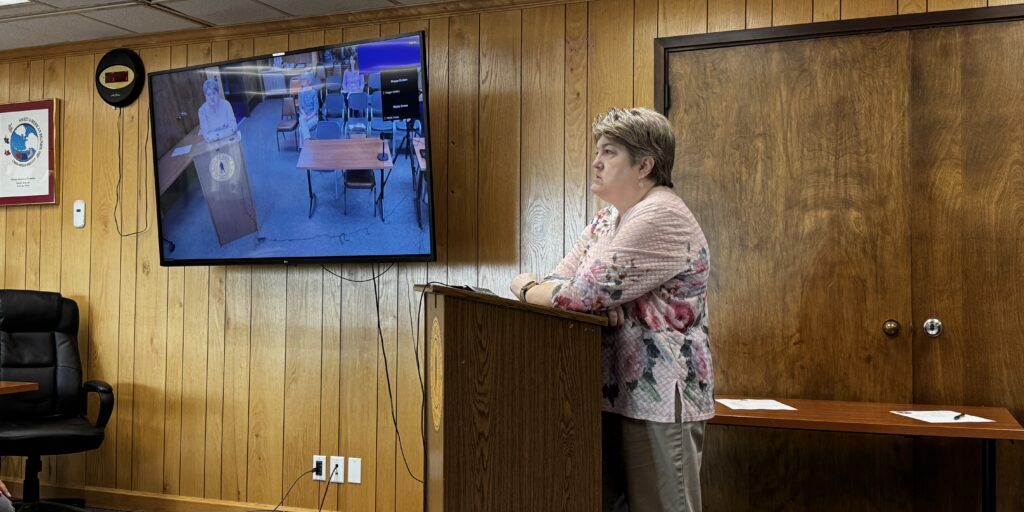Nome Search and Rescue responded to the call to rescue three Iditarod mushers from overflow near the Solomon River late Friday morning.
Just before 9am Friday, Jim West Jr., the head of Nome Volunteer Ambulance Department, received a call from Mike Owens of the Iditarod Trail Committee. When West heard three teams were stuck in overflow he realized they would need more than just a group of snowmachiners to get them out. So West contacted the Alaska State Troopers and Alaska National Air Guard.
“Because we didn’t know how bad these guys were, if they were wet or hypothermic or if hypothermia had set in. They called RCC (Rescue Coordination Center) and RCC released the helicopter to us, I sent down two EMTs in the helicopter along with a couple of dog handlers from Iditarod and they flew down while the ground crew took off.”
West described the mushers Sean Underwood, Tom Knolmayer, and Matthew Failor as having some minor injuries and signs of hypothermia.
“The one couldn’t feel his legs, probably frostbite on his toes. And nothing blistering or anything like that but when you spend so much time out there on the water the cold water just sucks everything right out of your body. You don’t have enough energy to do anything.”
The mushers were able to walk themselves to the helicopter and be taken to Nome for medical treatment. Their encounter with overflow was only part of a very difficult overnight trip in the winter storm.
“They said they had left White Mountain last night at about 11 and battled wet, soft snow and waist-deep water …”
Dog handlers mushed the teams of sled dogs to Safety Roadhouse where they could be examined by an Iditarod veterinarian before being transported to Nome. Iditarod Race staff are re-working the trail from Elim to Nome so that the remaining 11 teams can complete the 1,000 mile race.
Image at top: The Nome Volunteer Fire Department which is headquarters for local search and rescue efforts. Photo: Emily Russell, KNOM (2016).




